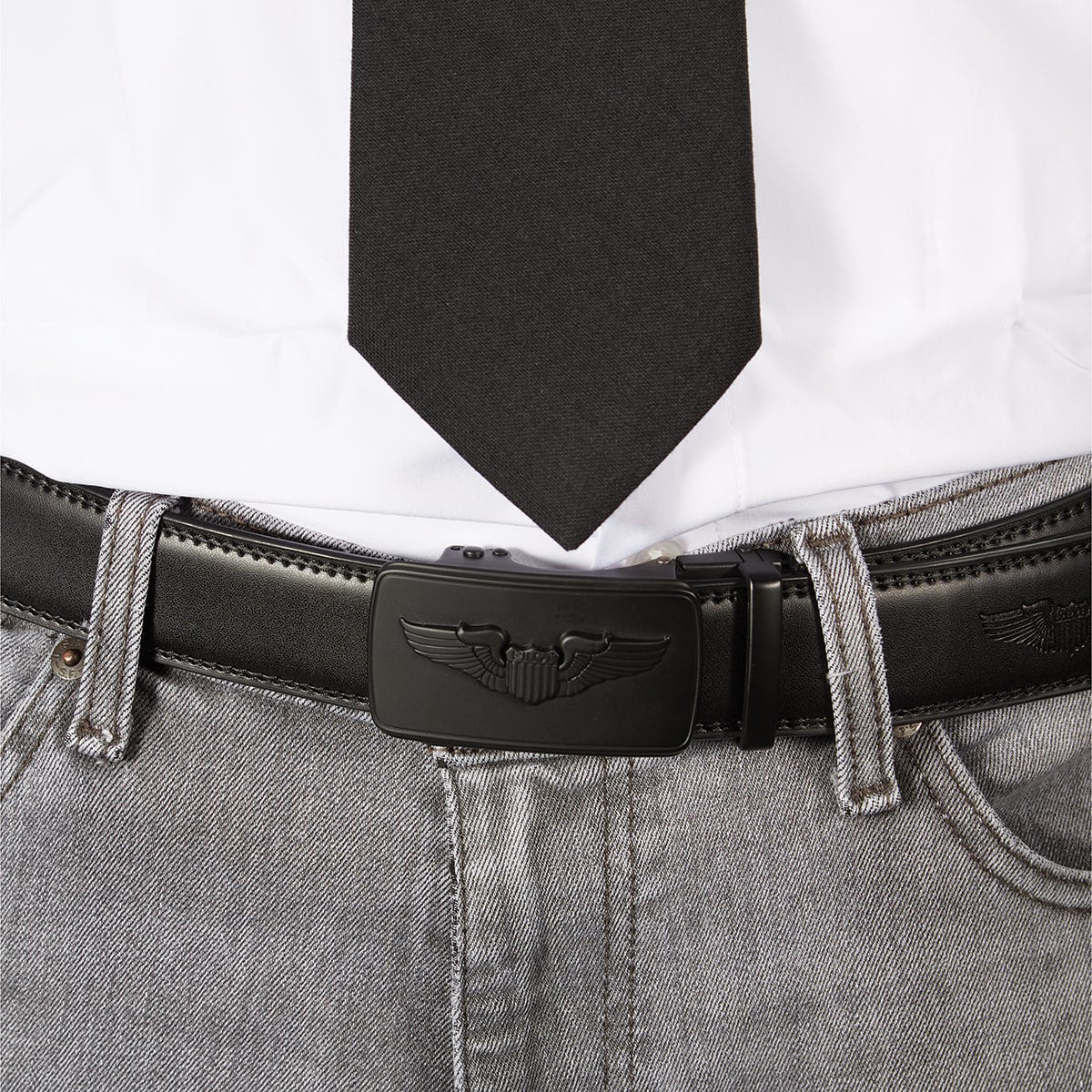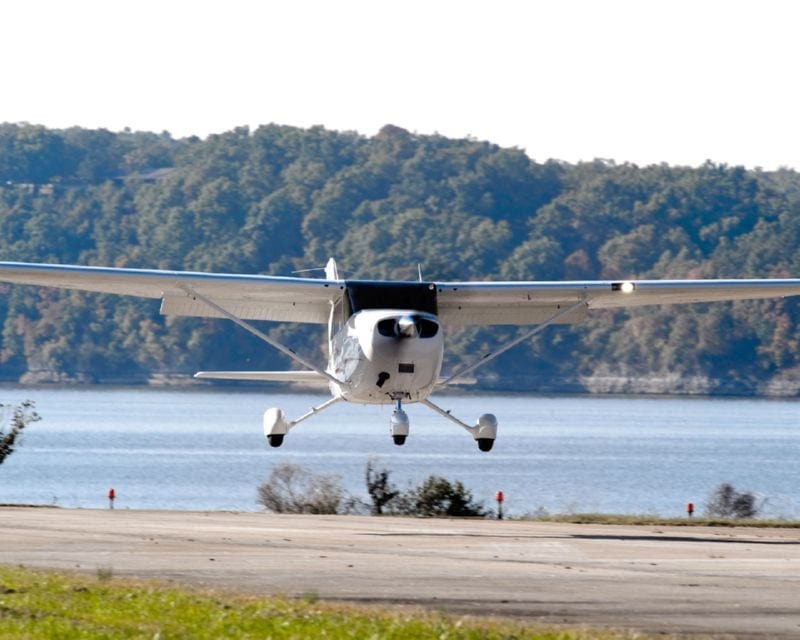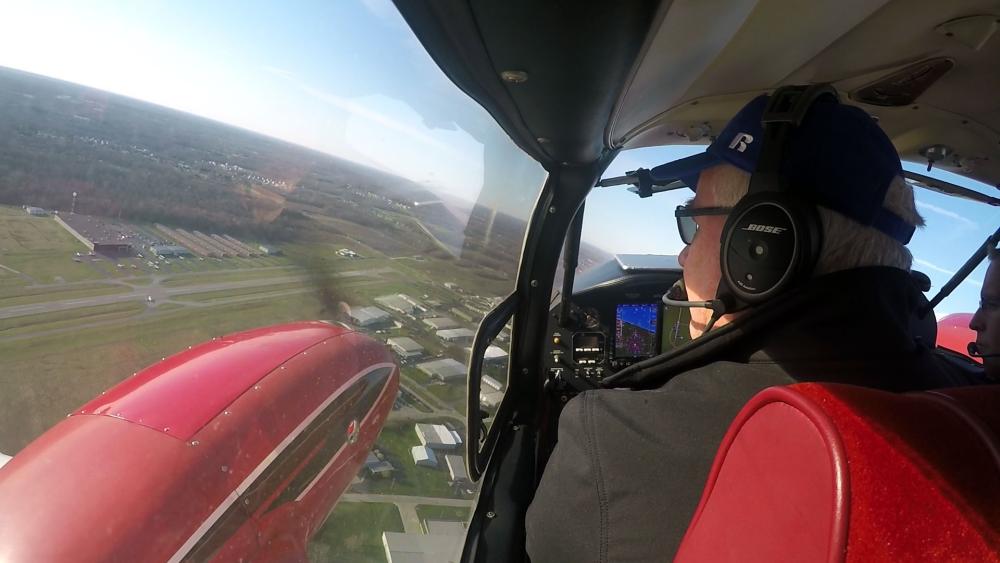In aviation, a slipping turn and a skidding turn are both uncoordinated flight conditions that should be avoided. They occur when an aircraft's rate of turn does not match its bank angle. In a correctly executed turn, the horizontal component of lift should be equal and opposite to the centrifugal force.
 Slipping turn:
Slipping turn:
In a slipping turn, the aircraft moves laterally toward the inside of the turn, with the nose yawing away from the turn. This is caused by the rate of turn being too slow for the bank angle, or by the nose yawing away from the turn due to insufficient rudder pressure in the direction of the turn.
Skidding turn:
In a skidding turn, the aircraft moves laterally toward the outside of the turn, with the aircraft yawing into the turn. This is caused by the rate of turn being too fast for the bank angle, or by applying too much rudder in the direction of the turn.
How to correct:
To help remember the difference between slips and skids, just think about the position of the ball on the inclinometer. When the ball is centered, the aircraft is in coordinated flight. When the ball is on the inside of the turn, the aircraft is slipping and additional rudder pressure is needed in the direction of the turn. When the ball is on the outside of the turn, the aircraft is skidding and pressure should be relaxed in the direction of the turn.






